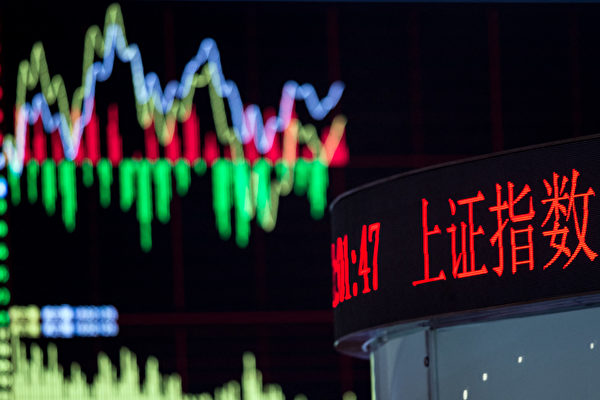The A-share market experienced turbulence on October 8th, followed by a heavy blow on the 9th, with more than 5000 individual stocks falling, over 3000 of which dropped by more than 9%, and 854 companies’ stocks hit the limit down. In response to this, experts have analyzed the underlying factors that led to the market turmoil.
According to a report by the “Daily Economic News,” post-90s and post-00s new stock investors rushed in to open accounts, only to be hit hard by reality. On October 9th, the three major indices opened sharply lower, with nearly 5000 individual stocks in Shanghai, Shenzhen, and the STAR Market dropping.
By the close of trading, the Shanghai Composite Index fell by 6.62%, the Shenzhen Component Index dropped by 8.15%, and the ChiNext Index plummeted by 10.59%. The total trading volume on the Shanghai and Shenzhen stock exchanges amounted to 2.94 trillion yuan, a decrease of 512.1 billion from the previous trading day. With over 5000 individual stocks in the entire market falling, more than 3000 stocks dropping by over 9%, and 854 companies reaching the limit down.
Major financial stocks saw a late sell-off, with Shanxi Securities, China Life Insurance, and Ningbo Bank hitting the limit down. Real estate stocks collectively experienced significant declines, with stocks like China Fortune Land Development and Vanke A hitting the limit down.
According to news from Sina Finance, by the close of trading, the Hang Seng Index fell by 1.38%, the Hang Seng TECH Index dropped by 1.17%, and the HSI State-owned Enterprises Index decreased by 1.58%.
On the market front, tech stocks all saw declines, with companies like NetEase, Xiaomi, and Alibaba dropping by nearly 2%, while Tencent fell by 1%. Chinese brokerage firms continued their downward trend, real estate stocks kept sliding, and infrastructure stocks with a market cap over 10 billion yuan saw significant declines, with China Railway Construction Corporation and CRRC falling by over 6%.
So, what are the factors behind the huge fluctuations in the A-share market? Chinese issues expert Wang He told Minghui that the Chinese Communist Party’s market manipulation plan appears strong on the outside but is fragile inside, facing a significant financial crisis. The policies implemented by the central bank under political pressure lack internal sustainability and economic logic.
Independent commentator Cai Shenkun said in a self-media program that massive currency issuance and liquidity injection would inevitably bring about a rare stock market surge, unrelated to a bull market but rather a result of policy and fund accumulation. Especially during the 75th anniversary of the Communist Party’s founding, they aim to create an image of “national prosperity and flourishing.” He warned that the opportunity for Chinese stockholders to cash out is fleeting, so do not miss it.
Additionally, since the significant rise in the A-share market at the end of September, over one hundred companies have announced intentions to reduce their holdings. According to a hot topic report from Sina, incomplete data shows that more than 30 listed companies announced plans to reduce holdings in just one day on October 8th.
Apart from shareholders of listed companies choosing to reduce their positions, major funds are also exiting on a large scale. According to data from Wind, on October 8th, the main funds in Shanghai and Shenzhen markets saw a net outflow of nearly 170 billion yuan throughout the day.

